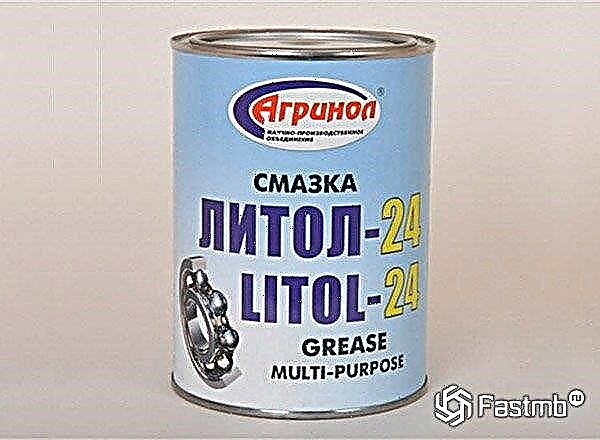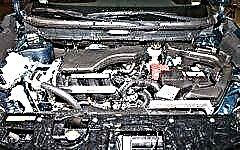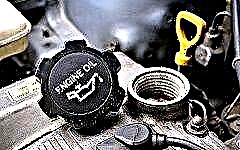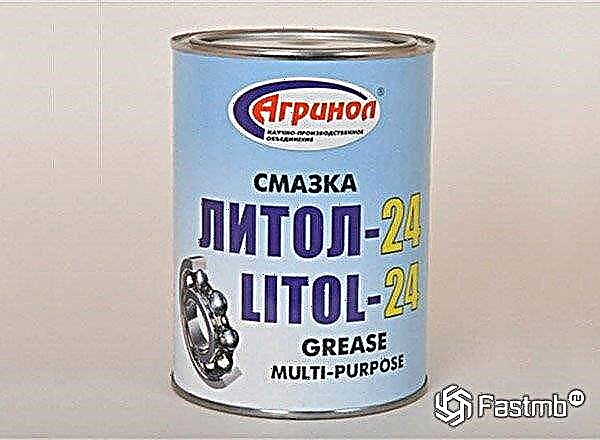The article provides a list of lubricants for a car: 5 types.

The operation of even the simplest automobile mechanism and its parts requires a certain amount of effort. The easiest way is to provide something between the parts rubbing against each other in the form of a special medium that minimizes the frictional energy. Automotive lubricants have this property.
In addition to protecting parts from unnecessary wear, lubricants have a host of properties that are essential for flawless operation. It is worth noting that grease is much more effective than lubricating fluids, since it lasts much longer, and is consumed much less.
Lubricants have several more advantages over oils and other lubricating fluids - this is the independence of their properties from temperature, they do not lose the ability to lubricate, even when water gets on them. Plus, they do not leave greasy spots on the asphalt in the event of a leak, which means that they pollute the environment much less.
Types and brands of automotive lubricants
Nowadays, the market is full of all kinds of lubricants that you can easily get confused about. In fact, not everything is as complicated as it seems at first glance. The performance property of a lubricant is determined by the type of thickener that is the basis of any lubricant. It, in principle, gives the name to the lubricant itself. Most of these, designed to reduce frictional energy, are thickened with soaps. These are salts of fatty acids of various metals, while it is not necessary that the salt be ordinary, it can also be complex. They can also be classified into several types: calcium, lithium, sodium, aluminum and barium soaps. In addition to the soap itself, hydrocarbons, rarely pigments, can also be used as a thickener.
1. Calcium grease
This type is also called solid oil. They are currently the most demanded and widespread due to their relative cheapness and have satisfactory performance characteristics. They can be used both for preservation of a part or product, and in the form of a lubricant, for less friction, and as a result of wear of parts.
Grease also includes such a type of lubricant as graphite, which is a coarse dense ointment with a silvery tint. It is strictly forbidden to use for lubrication of parts with a high degree of finish.
2. Complex calcium grease
This grease, in comparison with conventional solid oil, is more thermally stable, but prone to hygroscopicity and heat hardening. Store in a tightly closed container. Complex calcium grease includes uniols, which look like a simple grease in appearance.
3. Sodium and sodium-calcium grease
The area of application of such types is not very common, since they do not have resistance to moisture - they are washed off and dissolved. Although they have a fairly high melting point. They have a tendency to heat hardening, therefore they cannot be used in vehicle components where there is an elevated temperature, for example, the front wheel hubs in a car with disc brakes. Slowly but surely they are being forced out of the market by more modern species.
4. Lithium grease

Litol-24
This type is beginning to gain more and more popularity due to its high performance properties. Priority among lithium greases is rightfully given to a miracle grease called lithol, which is a single lubricant for all major parts and assemblies of a car. In addition, it has very good preservation properties.
5. Barium and hydrocarbon lubricants
They are famous for having a sufficiently high water resistance and are excellent for preserving parts.
All presented lubricants have long and firmly taken their place on the shelves of auto parts stores. And since the lubrication of assemblies and mechanisms must be given close attention, the choice of a suitable type of lubricant also requires exactly the same attention.











